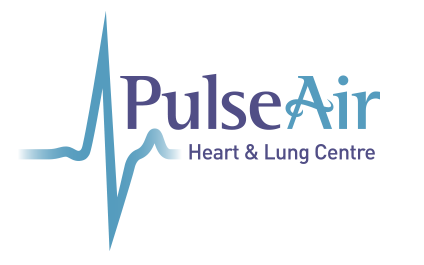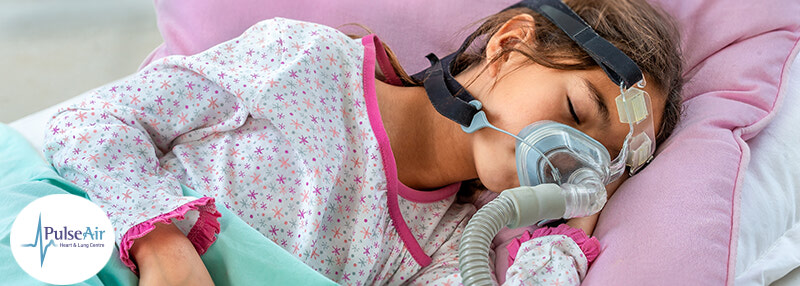As a parent, there's nothing more precious than watching your child sleep peacefully. But what if your child is struggling to breathe while they sleep? Sleep apnea in children is a common condition that can have serious consequences if left untreated. Let's explore the signs, symptoms, and treatment options for sleep apnea in children, along with the latest information and research.
What is Sleep Apnea in Children?
Sleep apnea in children is a condition where a child's breathing is interrupted during sleep, causing them to stop breathing for short periods of time. This can occur multiple times throughout the night, disrupting their sleep and potentially leading to daytime fatigue, behavioral problems, and other health issues.
Signs and Symptoms of Sleep Apnea in Children
Recognizing the signs and symptoms of sleep apnea in children is crucial for early diagnosis and treatment. Some common signs and symptoms include:
- Loud snoring or breathing pauses during sleep
- Restlessness or insomnia
- Difficulty concentrating or paying attention
- Behavioral problems, such as hyperactivity or aggression
- Sleepwalking or sleep talking
- Bedwetting
- Morning headaches or sore throats
Causes of Sleep Apnea in Children
Sleep apnea in children can be caused by a variety of factors, including:
- Enlarged tonsils or adenoids
- Obstruction of the airway
- Respiratory infections, such as colds or sinus infections
- Allergies or asthma
- Genetic conditions, such as Down syndrome or craniofacial abnormalities
- Obesity or being overweight
Treatment Options for Sleep Apnea in Children
Treatment for sleep apnea in children depends on the underlying cause and severity of the condition. Some common treatment options include:
- Adenotonsillectomy: Surgery to remove the tonsils and adenoids, which can help to open up the airway and improve breathing.
- Continuous Positive Airway Pressure (CPAP) therapy: A machine that delivers a gentle flow of air pressure to help keep the airway open during sleep.
- Oral appliance therapy: A custom-made mouthpiece that helps to advance the lower jaw and keep the airway open.
- Lifestyle changes: Encouraging healthy habits, such as regular exercise, a balanced diet, and good sleep hygiene, can help to improve sleep quality and reduce symptoms of sleep apnea.
Why Early Diagnosis and Treatment are Crucial
Early diagnosis and treatment of sleep apnea in children are crucial for preventing long-term health consequences, such as:
- Cardiovascular Problems: Untreated sleep apnea can increase the risk of heart problems, high blood pressure, and stroke.
- Cognitive and Behavioral Problems: Sleep apnea can affect a child's cognitive function, memory, and behavior, leading to problems in school and social relationships.
- Growth and Development: Sleep apnea can disrupt growth and development, leading to delayed growth, weight gain, and other health issues.
PulseAir’s Sleep Apnea Solutions
Millions of people suffer from sleep apnea, so we understand the importance of effective treatment for sleep apnea. That’s why we offer sleep disorder testing and CPAP therapy solutions. Whether you’re looking to take the first step with a consultation or simply want a new CPAP supplies provider, look no further! We offer:
- Home Sleep Testing: We provide an increasingly useful and accessible way to confirm OSA by measuring oxygen saturation, heart rate, air flow and effort while also recording details about snoring and position. The first step is to do a sleep apnea test. Learn more about home sleep testing here: Home Sleep Testing
- Laboratory Sleep Testing: If your physician suspects that you may have sleep apnea that is of a severe nature or another sleep disorder, they may refer you to an overnight sleep study (Polysomnography) in a laboratory-based setting. An overnight laboratory-based sleep study would include evaluation of your sleep staging, air flow, oxygen saturation, electrocardiogram, body position, lead movements, and EEG. Find out more about our sleep testing services: Laboratory Sleep Testing
- CPAP Therapy: With CPAP treatment, room air is pressurized by a small device and delivered to the airways through a mask that fits over your nose or nose and mouth. The pressurized air keeps the upper airway open and prevents sleep apnea from occurring. Learn more about obstructive sleep apnea treatment here: Sleep Apnea and Treatment
Don’t let Sleep Apnea Hold Your Child Back!
Sleep apnea in children is a common condition that can have serious consequences if left untreated. By recognizing the signs and symptoms, understanding the causes, and seeking treatment, parents can help their child breathe easier and sleep better. At PulseAir Heart and Lung Centre, our team of experts is dedicated to providing comprehensive care for children with sleep apnea. Contact us today to schedule a consultation and take the first step towards helping your child sleep peacefully.


